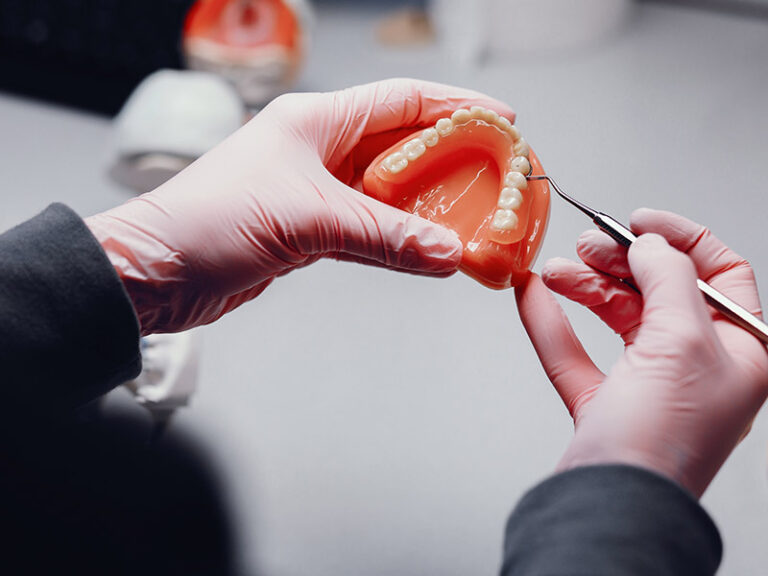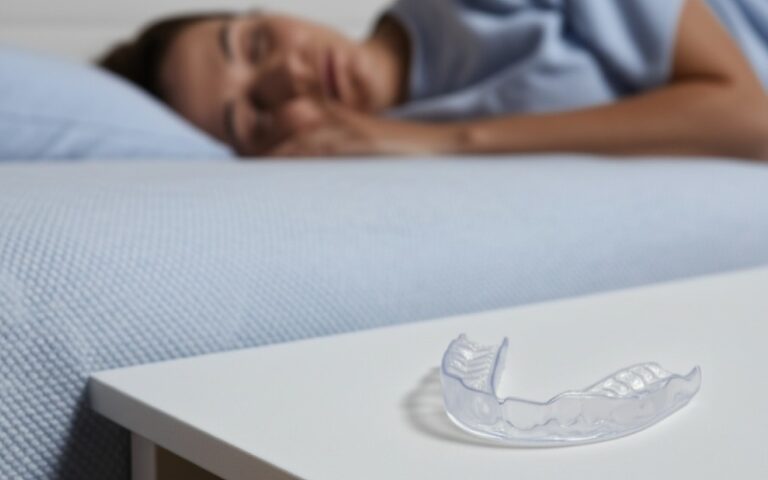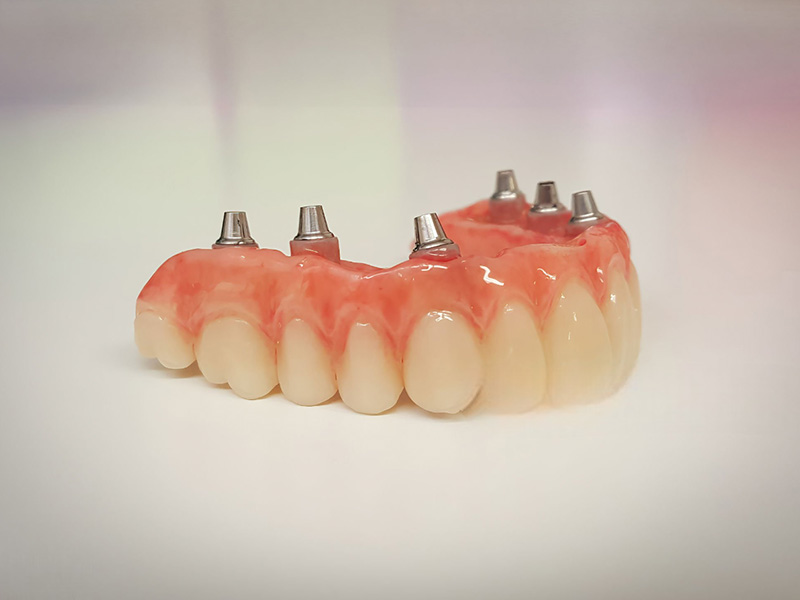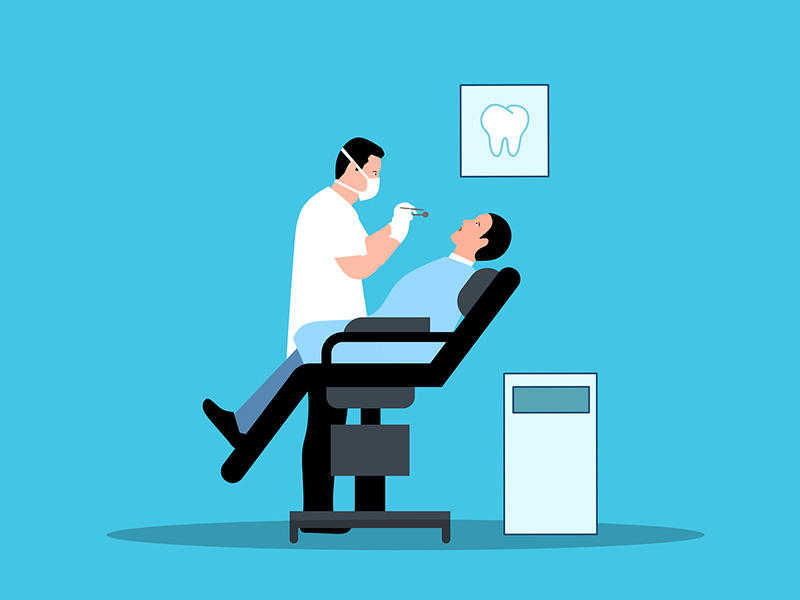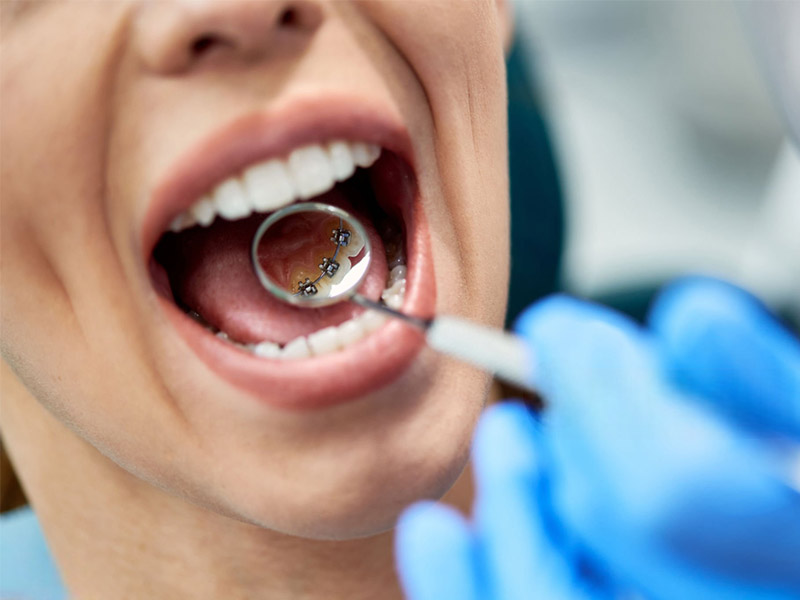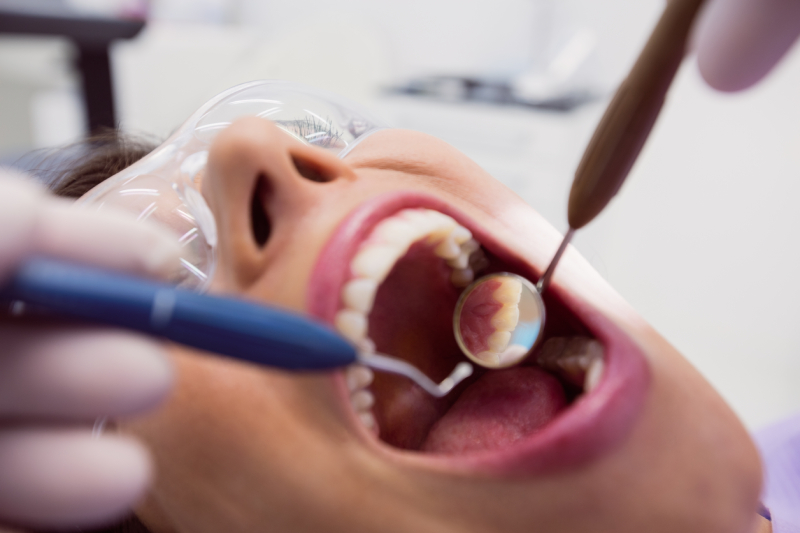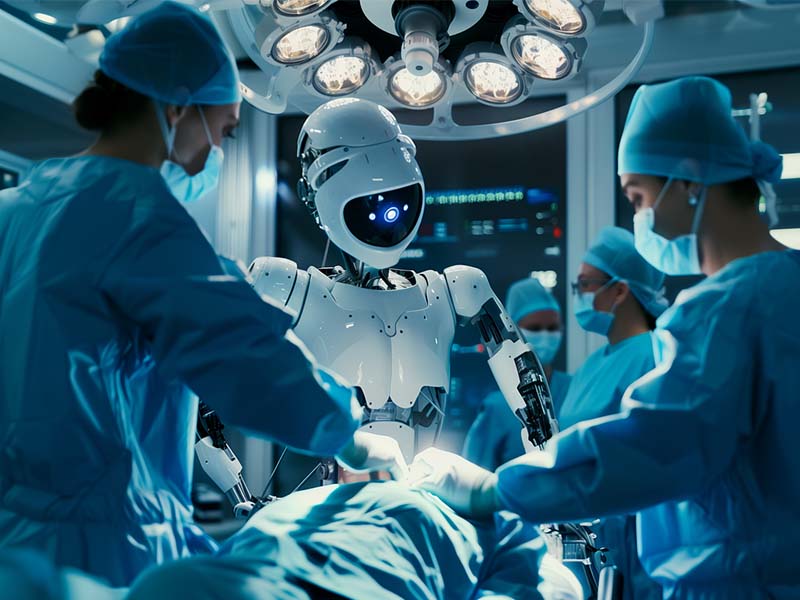
The Robotic Revolution in Dental Implantology: Precision, Predictability, and Patient-Centric Care
Table of Contents
Introduction: My First Time Seeing Robots in the Dental Office
I remember the first time I saw a robot arm moving in a dental office. I felt excited and curious. To me, dentistry had always been about skilled hands, good judgment, and tiny drills. But as I watched the robot guide the drill with amazing accuracy, I realized I was seeing the start of something big—maybe even the future.
Standalone dental implants used to depend a lot on the dentist’s hands, know-how, and sometimes luck. Problems like placing the implant in the right spot or staying away from nerves and causing less harm were always on my mind. Robots looked like the answer. I think these systems are moving us toward a future where dental implant surgeries are not just more accurate and predictable, but actually designed with the patient in mind. Let me share what I’ve learned so far as I’ve started using robotics in dental implantology.
What Is Robotic Dental Implantology? The Basics
The first time I tried using a robotic system for implants, I learned it wasn’t about taking my place. It boosted what I could do. Robotic dental implantology means using high-tech robots to help with the planning and placing of dental implants. These robots don’t work by themselves. They’re like an extra set of steady hands and sharp eyes, working closely with us dentists.
Let’s look at what goes into it:
- Pre-op CBCT scans and 3D planning: Before any drilling, we take a special 3D X-ray (called cone-beam CT) of your jaw. This gives us a really clear view of your bone, nerves, and sinuses.
- Robot arm or guidance system: This is the hardware—like Yomi. The robot helps guide the drill. But I’m always the one in charge. The system can give gentle feedback to steer me on the right path.
- Real-time mapping and feedback: While working, I see on the screen exactly where my drill is compared to the plan. It’s almost like having a GPS for the jaw, complete with alerts if I stray.
- Surgical tools synced with the robot: All the tools (from the handpiece to drills) are tracked, making sure nothing goes off track.
The work goes like this: scan, plan, guide, place, restore. With digital impressions, 3D planning, and a robot’s steady help, every step is controlled and as predictable as possible. This changed the way I handle even the tough cases.
The Big Players in Robotic Dental Implantology
When I started looking into robotic systems, two companies kept popping up: Yomi by Neocis and X-Guide by X-Nav Technologies. I’ve used both, and here’s why they stand out (and what this means for both dentists and patients).
Yomi by Neocis
Yomi was the first robotic system I tried. It uses both gentle feedback through the arm and instant visual help. Here’s what that means: before each implant surgery, I load up a digital plan. When I start drilling, Yomi pushes back a bit if I start to drift off the path. It helps control the depth, angle, and position—down to less than a millimeter. For me, it was like having a really sharp backup pilot—keeping me on target but not letting go of my own control.
Yomi’s best feature is when things get tricky—like if the sinus or nerve is really close. Yomi helps me get as close as safely possible, so I can do cases I might avoid if working by hand.
X-Guide by X-Nav Technologies
X-Guide uses real-time 3D tracking and guidance. Imagine you’re playing a video game and watching your character move on screen. That’s how X-Guide works—it follows both the patient and my drill in real-time, showing a 3D jaw on the monitor. At every second, I can see if my drill or entry point is off. It’s very easy to use, especially if you like having pictures and maps instead of just feeling your way through.
The top reason I love X-Guide is how simple it is to fit into my normal routine. You don’t need a bunch of new tools; you can just start using it in most clinics.
Other New Tools
Yomi and X-Guide are ahead right now, but new systems are appearing. For example, Navident mixes artificial intelligence with tracking for even smarter help. I’m keeping watch on systems like these. Technology is moving fast, and tools keep getting better every year.
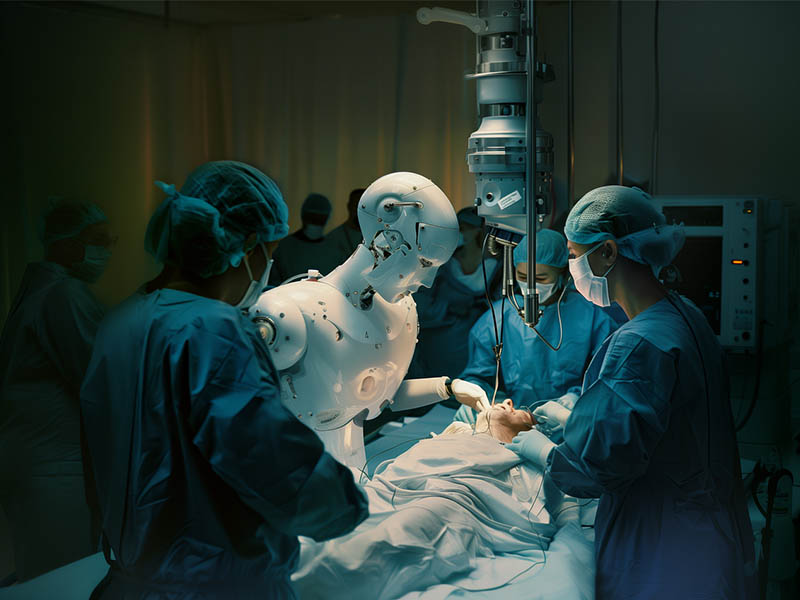
The Big Benefits: Why Robots Are Raising the Game
If you ask why I switched to robots, the short answer is: better results for my patients, and I sleep better at night. But let’s break down the big reasons, because the list just gets longer as time goes on.
More Accuracy and Precision
The first time I used a robotic system, the difference was obvious. Close enough wasn’t good enough anymore—things were on point. Little errors—shaky hands, tired eyes, guessing on bone quality—don’t matter as much now. These systems are accurate down to less than a millimeter, so they protect stuff like nerves and sinuses. I can show patients the plan before surgery and then really follow through. This feels like a true game-changer.
Better Predictability and Results
It feels great when a patient’s after-surgery scan matches the plan perfectly. That means more wins in the clinic, not just looking good on paper. Implants put in with robot help stick better to the bone, with fewer problems like nerve pain or trouble with the sinus. Long-term, the results are more of what you want, and there’s less stress for me and my patients.
Smaller and Less Invasive Procedures
Robots help me use smaller cuts and mess up less tissue. That means less pain, less swelling, and a faster bounce back. Some patients expect to be out for a week. One of mine went back to work the next day with almost no pain.
Safer and More Comfortable for Patients
Safety’s always first. Robots let me make sure the drill never goes where it shouldn’t. The tech keeps the drill away from nerves or the sinus, so mistakes are much less likely. Another plus: sometimes the surgery is quicker, so patients spend less time in the chair.
Easy-to-Use Digital Workflow
Digital planning, 3D scans, and robot guidance all work together nicely. From the start, I can show someone what their new smile will look like on a screen, and I can back up that promise in real life. Guesswork is becoming a thing of the past.
Side Note: What the Research Says
The data backs up what I see in real life. Robot-guided systems can place implants with less than a 1° angle mistake and less than half a millimeter off. Old-school methods? Three to four degrees off, up to two millimeters. That’s a big jump in safety and satisfaction.
The Hard Parts: What to Think About Before Using Robots
Robotics isn’t all sunshine and rainbows. There were real bumps along the way, so I’ll tell it like it is.
Price Tag
First shock? The cost. These machines are expensive—easily $150,000 to $800,000 for just one, and you still need to pay for repairs and support. You have to ask yourself: will doing more cases, faster, pay it back? Some offices say yes. But for plenty of others, it’s a real challenge.
Learning How to Use It
High-tech or not, it’s only as good as the person running it. I had to learn from the company and do practice sessions for hours. It took time to get used to. Now that I know how to use it, it pays off fast. But anyone thinking about robots should know the first few weeks are a learning curve.
Repairs and Support
Think of these robots like your favorite power tool—they need care. There are updates, checks, and sometimes problems. When trouble pops up, I need help from the company. It’s a new kind of thing to rely on.
Rules and What People Think
Dentistry can be slow to change. You need approval (from places like the FDA or CE) to use many of these machines, and not all dentists trust new technology yet. I try to stay updated with rules and talk openly with everyone—staff, other dentists, and patients—about what robots can and can’t do. As people see the good results, trust gets stronger.
What Robots Mean for You as a Patient
When a patient asks me, “Why a robot for my implant?” I see a chance to put them at ease and explain. Here’s what I tell them, right from my own practice:
Common Patient Questions
- Safety: Robots help me stay away from nerves and other important areas, so accidents are much less likely.
- Pain and Recovery: Smaller cuts mean less pain, usually less swelling, and you’ll get back to normal faster. Most patients are surprised by how little it hurts.
- Price: Yes, robots can cost a bit more, but a safer, smoother outcome is usually worth it for most.
What’s in It for You
My patients love seeing a digital plan and knowing there’s a plan in place—one the robot helps me follow to the dot. They feel more confident, especially if they’ve had a dental surgery before that didn’t go so well.
Smart Questions to Ask Your Dentist
I always encourage patients to ask:
- How much experience do you have with robots?
- How will it help in my situation?
- What’s the step-by-step plan?
- Are there risks, and how will this tech help lower them?
In my office, I tell you all you want to know. Honest talk builds trust.
Where Dental Implantology Is Going Next
Looking ahead, I can’t help but get excited. Today’s tools are already good. But tomorrow’s will be even better.
Smarter Robots With Artificial Intelligence
Think about a system that not only helps guide you, but also learns and gives better advice the more you use it. That’s the future—robots that get smarter with each case.
Robots Doing More on Their Own
Someday, robots might do more steps by themselves, once the dentist sets things up. We’re not there yet, but it’s coming.
Custom Implants for Everyone
New tech will soon let us plan every implant just for you, using your exact jaw shape and needs.
Robots in Other Dental Jobs
Robots aren’t just for implants anymore. They’re starting to help with root canals, gum surgery, and jaw surgery too. The gear and training are growing, so more areas in dentistry can enjoy this tech.
New Research Every Day
I read every new study I can. More data keep rolling in showing fewer mistakes, happier patients, and better results. The best way today might be old news next year.
Conclusion: Welcoming the Future of Dental Implants
If you’d asked me years ago if I’d let a robot help me do surgery, I’d probably have laughed. Now, I wouldn’t work without one. Robots didn’t take over. They helped me go further, get better results, and—most important—help my patients feel and heal better.
My advice? Stay open. If you’re a dentist, check out a class, watch robots in action, and don’t be scared to rethink how you do things. If you’re a patient, ask your dentist what tools they use and why it matters for you. The dental robot future isn’t “coming someday.” It’s here, and it’s already making things better.
If you’re curious, check the Journal of Oral Maxillofacial Surgery or groups like the American Academy of Implant Dentistry for the latest. I always say—the more you learn, the better you can care. Embracing change is almost always the way to go, for us and for you.


